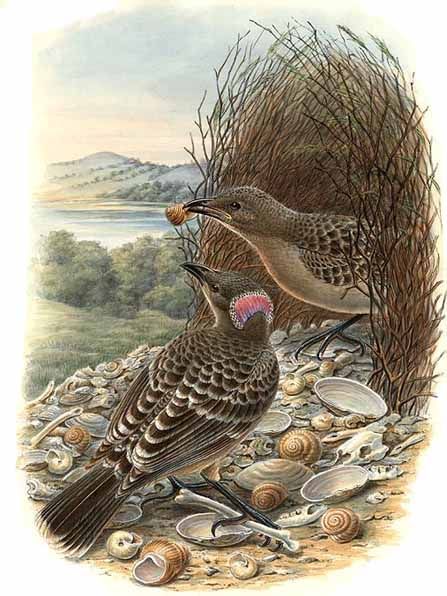Facts About Great bowerbird
The great bowerbird is a captivating species indigenous to northern Australia, ranging from Broome to the Cape York Peninsula and Mount Isa. These birds prosper in diverse habitats, encompassing forests, woodlands, the fringes of vine forests, monsoon forests, and mangrove swamps.
Breeding plays a crucial role in the life cycle of the great bowerbird. Female bowerbirds nest in concealed locations and rear their offspring independently. Conversely, male bowerbirds devote their time to constructing and embellishing their bowers to allure potential mates. These bowers are avenue-type structures, approximately one meter long and 45 centimeters high, adorned with an array of white and green objects such as stones, bones, shells, leaves, and even human-made items like plastic and bottle caps.
The great bowerbird is the largest member of the bowerbird family, measuring between 33 to 38 centimeters in length. They possess fawn-grey plumage, and males can be identified by a distinctive pink crest on the back of their necks. Intriguingly, young male bowerbirds often congregate at a single bower to hone their construction skills before erecting their own for mating purposes.
Males perform elaborate displays at the northern platform of their bowers, particularly in the early morning when the sunlight accentuates their lavender nuchal crest. During these displays, the male grips a colored object in his beak and bobs his head up and down, creating a striking performance intended to captivate females.
